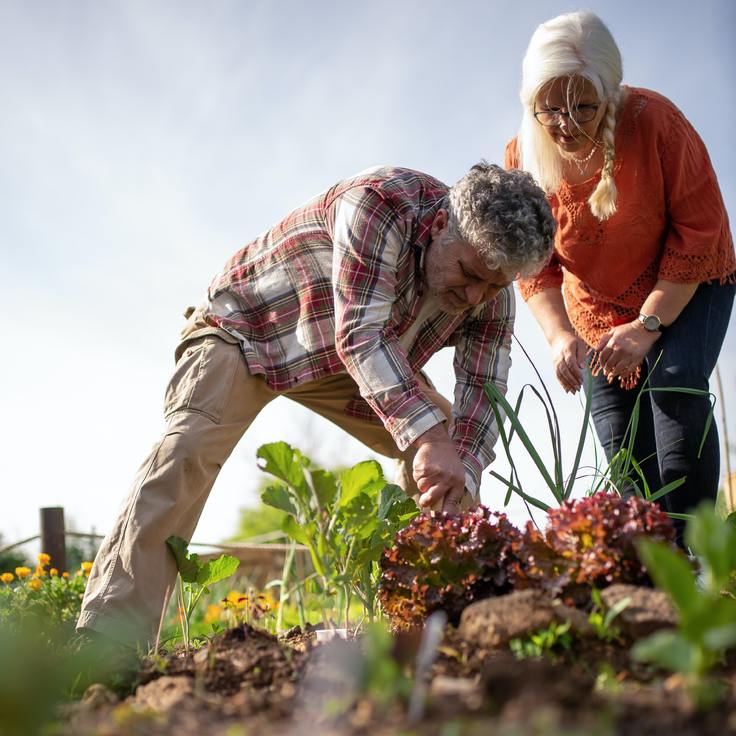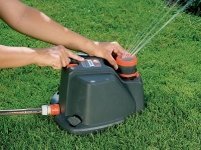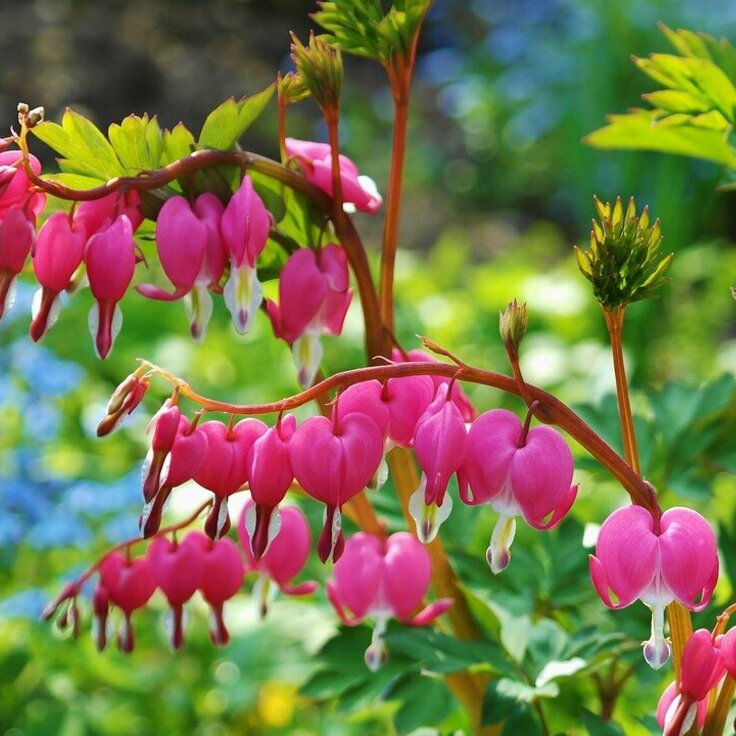Everything You Need to Know About Plant Cuttings
Cuttings are a widely used and easy method for growing new plants. Whether you're a seasoned gardener or just getting started, creating your own cuttings can be very rewarding. In this guide, we’ll cover the basics of plant cuttings and offer practical advice on how to propagate different plant species like the pancake plant, hydrangea, monstera, and orchid. We’ll address common questions and provide tips on useful tools to streamline the process.
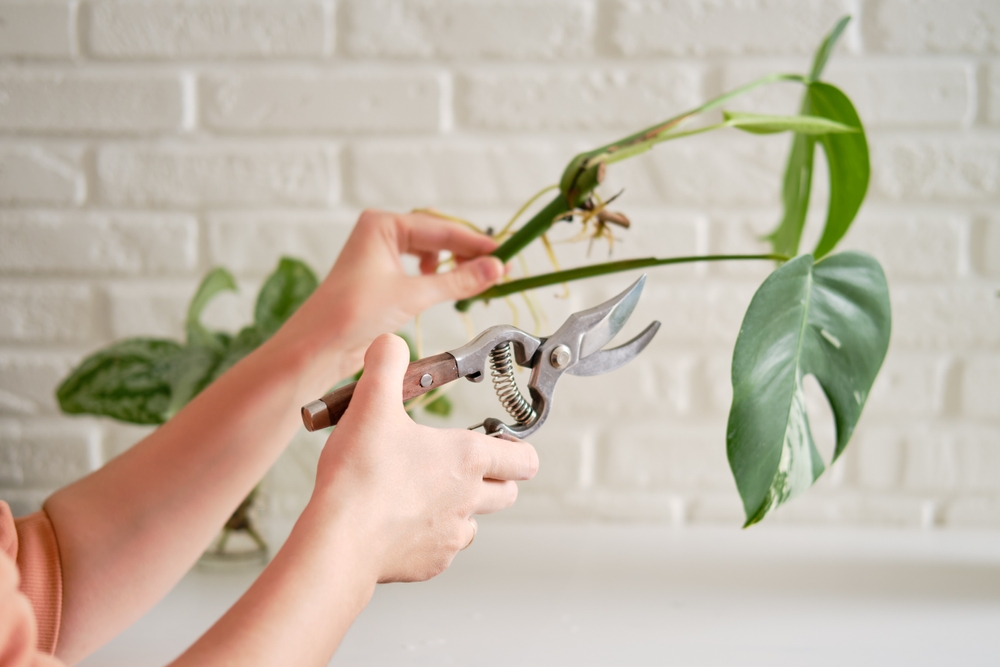
What Are Plant Cuttings?
Cuttings involve using parts of a plant, such as leaves, stems, or roots, to create a new plant. This method allows you to grow new plants that are genetically identical to the parent, often at a lower cost. It’s also a fantastic way to increase your plant collection affordably.
Common Questions About Plant Cuttings
How long does it take for a cutting to grow roots?
The time it takes for a cutting to develop roots varies based on the plant species and environmental conditions. Typically, it can take anywhere from a few weeks to several months. Placing the cuttings in a warm, humid environment can help speed up the rooting process.
How can I tell when a cutting is ready to be moved to soil?
A cutting is ready for transplanting when the roots are a few inches long and appear robust. For some plants, roots might even be visible through the soil, indicating that it’s time to move the cutting.
Do all cuttings need to be placed in water?
Not all cuttings require water propagation. Some plants can be placed directly into soil. The method you choose depends on the plant species and your growing conditions. Water propagation is useful for monitoring root growth but is not always necessary.
How to Take Cuttings from Popular Plants
Pancake Plant (Chinese Money Plant) Cuttings
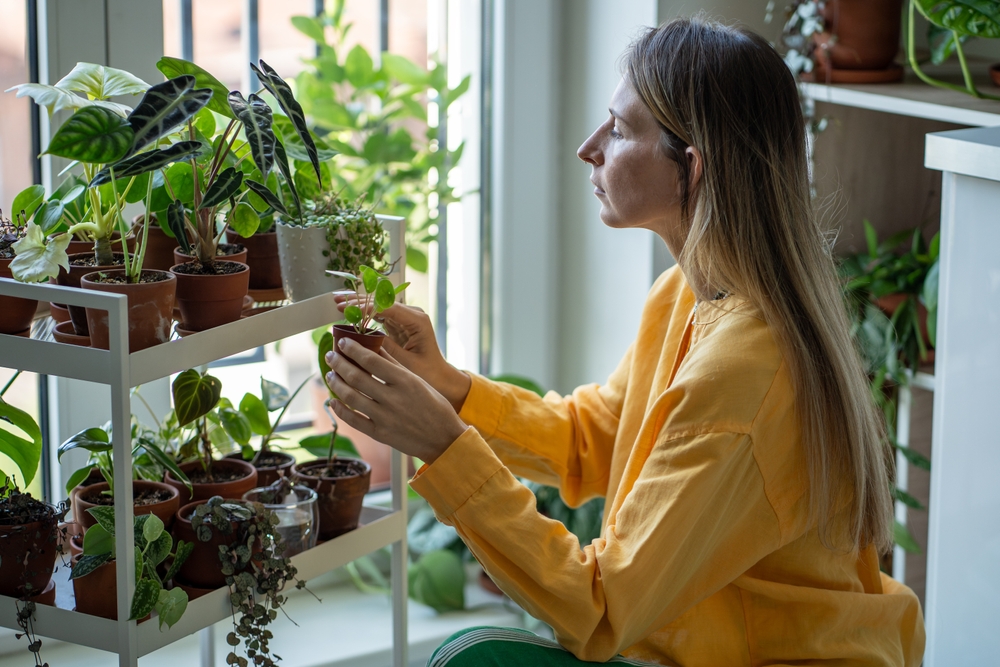
The pancake plant (Pilea peperomioides) is known for its attractive round leaves and low maintenance. Cuttings are usually taken from the offsets or "pups" that appear at the base of the plant.
Steps to Take Cuttings:
- Select a healthy pup that is at least 2-4 inches long.
- Cut the pup with clean, sharp scissors.
- Let the cut end dry for a few hours to prevent rot.
- Plant the cutting in a pot with well-draining soil and place it in indirect sunlight.
Hydrangea Cuttings
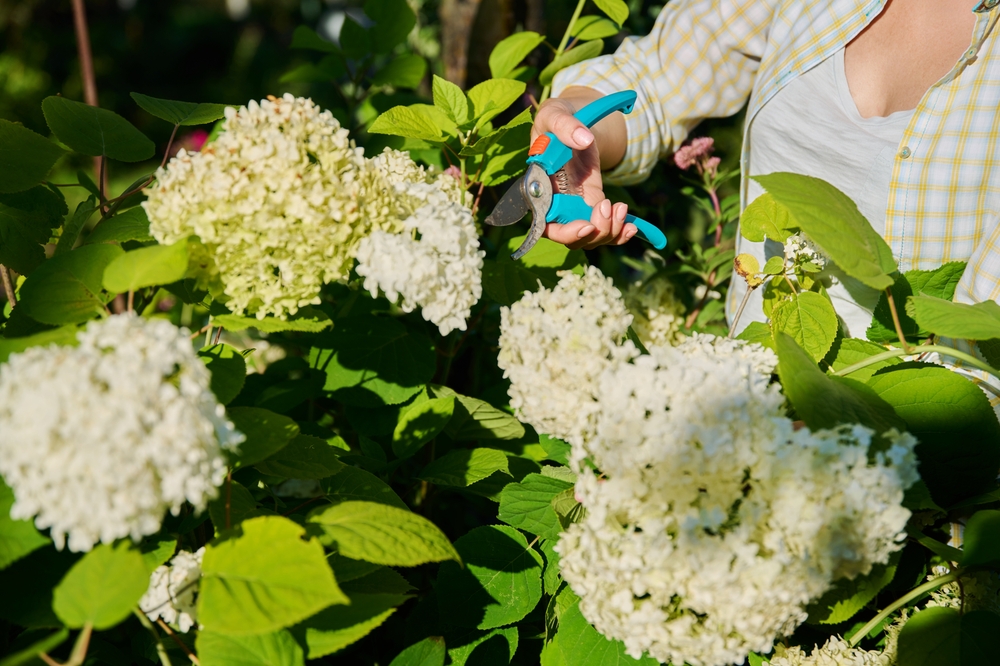
Hydrangeas are beautiful shrubs that are easy to propagate through cuttings. The ideal time to take hydrangea cuttings is late summer or early fall.
Steps to Take Cuttings:
- Cut a healthy stem about 4-6 inches long from the hydrangea.
- Remove the lower leaves to avoid contact with the soil.
- Dip the cut end in rooting hormone to boost root growth.
- Plant the cutting in a mix of potting soil and perlite or sand for good drainage.
- Cover the pot with a clear plastic bag to create a humid environment and keep the soil moist.
Monstera Cuttings

The monstera (Monstera deliciosa) is a popular indoor plant with large, decorative leaves. Cuttings are often taken from stems with aerial roots or a few leaves.
Steps to Take Cuttings:
- Cut a healthy stem with an aerial root or several leaves and nodes.
- Place the cutting in a pot with soil or in water.
- If propagating in water, wait until the roots are a few inches long before transferring to soil.
Orchid Cuttings
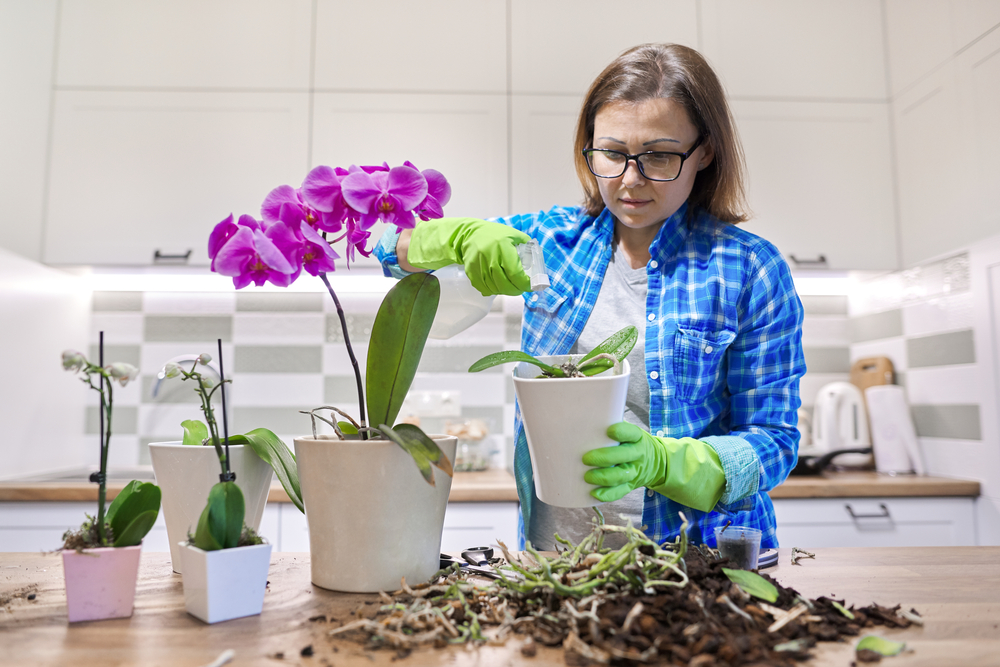
Propagating orchids can be more complex but is achievable with patience. Orchids are typically propagated by separating pseudobulbs or using keikis (baby orchids).
Steps to Take Cuttings:
- Carefully separate the pseudobulbs from the main plant, ensuring each bulb has some roots.
- Plant the pseudobulbs in a specialized orchid potting mix.
- For keikis, wait until they have several roots before separating them from the parent plant and planting them.
Essential Tools for Plant Cuttings
- Rooting Hormone: Crucial for encouraging root growth and increasing success rates.
- Misting Bottle: Helps maintain high humidity around your cuttings, especially for tropical plants.
- Propagation Pots and Trays: Designed with good drainage to support healthy root development.
- Clean Scissors: Essential for making sterile cuts and reducing infection risks.
- Potting Mixes: Specialized mixes for different plants to ensure proper drainage and nutrients.
Using cuttings is an excellent method to propagate plants and add new greenery to your garden or home. By applying the right techniques and tools, you can successfully grow pancake plants, hydrangeas, monsteras, and orchids. With patience and proper care, you’ll soon enjoy a vibrant collection of plants you’ve nurtured yourself. Happy gardening!



